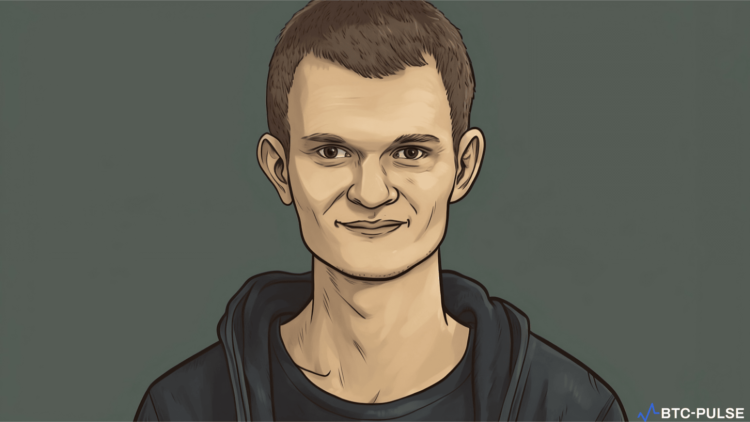Centralization Concerns in Ethereum
The centralization of nodes remains a formidable hurdle for Ethereum. With many of the active nodes running through centralized platforms, such as Amazon Web Services, the network’s decentralization is at risk.
Vitalik’s Stand on Decentralization
During his speech at Korea Blockchain Week, Buterin addressed this concern, emphasizing the importance of simplifying the process of running nodes. One solution? Stateless clients which, according to him, would significantly reduce the data required to operate a node.
Statelessness: The Way Forward?
The principle behind statelessness revolves around eliminating the dependence on centralized services for verifying network activities. By achieving this, Ethereum hopes to attain genuine decentralization. Buterin’s vision extends to running fully verified Ethereum nodes even on mobile devices.
A Distant Solution?
Though the roadmap seems promising, Buterin warns that rectifying these technical aspects may not be immediate. It could take anywhere from a decade to two before a feasible solution is implemented.
Addressing Other Centralization Issues
Beyond statelessness, Buterin identifies other vital steps to curb Ethereum’s centralization. These encompass enhancing documentation, simplifying distributed staking, bolstering staking security, and generally refining the Ether staking process.
The Urgency of Scalability
As Ethereum continues to grow, its scalability remains a top priority. Currently, Ethereum scaling protocols primarily employ zero-knowledge (ZK) rollups, which are touted as essential tools for enhancing scalability by optimizing throughput on the main chain.
Vitalik Buterin’s revelations shed light on Ethereum’s future, especially in addressing the centralization challenges. It is evident that while the journey to genuine decentralization might be lengthy, steps are being taken to ensure Ethereum’s long-term success.
Concluding Thoughts
Ethereum’s journey towards true decentralization, as outlined by Buterin, presents both challenges and exciting technological advancements. Stateless clients and ZK-rollups promise a more inclusive and scalable Ethereum for all users. While the road might be long, with possibly two decades before all technical concerns are addressed, the strategic steps outlined by Buterin are indicative of a steadfast commitment to the decentralization ethos. As Ethereum continues to evolve, it remains pivotal for the community to stay informed, adaptive, and patient in pursuit of a more decentralized and robust blockchain ecosystem.
Ethereum’s journey towards true decentralization, as outlined by Buterin, presents both challenges and exciting technological advancements. Stateless clients and ZK-rollups promise a more inclusive and scalable Ethereum for all users. While the road might be long, with possibly two decades before all technical concerns are addressed, the strategic steps outlined by Buterin are indicative of a steadfast commitment to the decentralization ethos. As Ethereum continues to evolve, it remains pivotal for the community to stay informed, adaptive, and patient in pursuit of a more decentralized and robust blockchain ecosystem.










